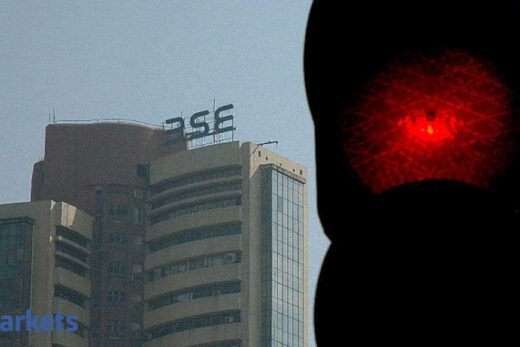Why are bond investors deaf to the chief of the central bank when he asks them to be co-operative and not ‘combative’ and that investors should ‘trust’ the central bank to walk the talk? The answer may be in what the RBI is doing on the ground rather than what it is saying.
On Wednesday, it announced a ‘Special Open Markets Operations.’ The so called OMOs are supposed to inject more liquidity into the system by buying bonds so that banks and investors have enough money to bid in government debt auctions or lend. The main aim of this is to keep interest rates from rising.
If that is the case, why is it that yields are at 6.15 percent when the undeclared line in the sand is 6%?
Probably, the devil lies in the details.
While the first half of the headline in the statement says `Special OMO’, the second half of it neutralizes when it says, `Simultaneous Purchase and Sale of Government Securities.’
It plans to buy on March.4 government bonds worth Rs. 15,000 crore that would let cash into the system to keep yields under check. But the catch is that it would also sell bonds worth Rs. 15,000 crore.
Is there a net benefit or addition to liquidity?
The planned operations do not add or subtract much from the overall system liquidity. What it’s giving the market from the right hand, the left hand is taking away. The absence of net liquidity addition appears to be the gulf between the market and the RBI. An Operation Twist is not an OMO.
Why is the RBI not adding to the liquidity? Its argument may be that there is `durable liquidity’ to the tune of Rs. 8.48 lakh crores. One possible answer is why add fuel to the inflation fire when there’s so much surplus.
But the catch lies in the most liquid overnight segment, which records transactions of around Rs. 4.5 lakh crores. Overnight call money, a domain of banks, accounts for Rs. 9,650 crores; in the tripartite repo market that includes likes of mutual funds the transactions are at Rs. 3.5 lakh crores.
This means that much of the liquidity is being invested for the short term. But the nature of government borrowings is mostly long term, with New Delhi budgeting nearly Rs. 12 lakh crores for next year. This is against the market’s estimated absorption capacity of Rs. 6 to Rs. 7 lakh crores.
Although the Governor has said the RBI may buy as much as Rs. 3 lakh crores worth of bonds next year as well, that might not be sufficient to bridge the gap.
When the numbers are staring at the RBI, why is it that it is not going whole hog like the Fed or the ECB but is only throwing crumbs at the market?
The central bank may be facing its own constraints. After all, it also has a profit and loss account and a balance sheet like a corporation. RBI’s dividend to the central government is becoming one of the key sources of revenue to the state.
Its creation of surplus liquidity and currency operations that have taken foreign exchange reserves to a record high, may have been good for the economy as a whole but it could squeeze the profits the central bank could earn.
“As a regulator and monetary policy authority, the RBI is not in the business of making profits. It is not a commercial organization,” Governor Das told ET in an interview.
One worrying sign is that the RBI’s Net Disposable Income has been sliding since 2015-16 when it was Rs. 65,800 crores. It fell to Rs. 57,100 crores in 2019-20, its annual report shows. For the past five years, it has been transferring the last penny to the government.
Its financial year changes to April – March this year instead of July – June, as in the past. This year instead of lending to banks in the repo market, it has been paying interest to banks in the reverse repo market for parking surplus with it. Currency depreciation which could have helped boost its asset value (gold and overseas assets) is also negligible. So, the answer as to why the RBI is hesitant to do quantitative easing like the Fed or the ECB may be hidden in its earnings that would be out when it finalizes its accounts.



